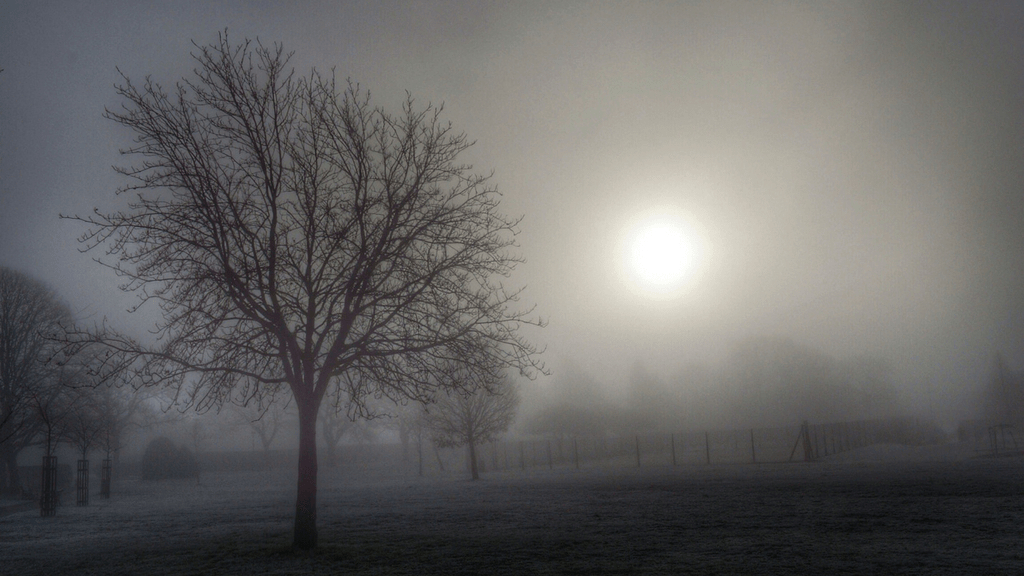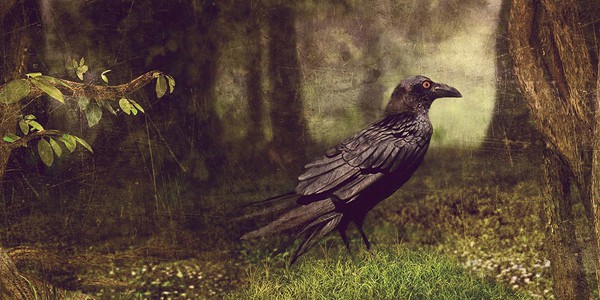
 The Magiculum, edited by Todd Landman
The Magiculum, edited by Todd Landman
EyeCorner Press, 9788792633279, 216 pp., 2014
Editor Todd Landman decided he’d like to create a magiculum vitae, a sort of magical resume, and became interested what such a thing would look like among those of his friends and associates. Landman invited them to write essays about their experiences, and the only guideline seems to have been three questions: 1) What in your upbringing and formation lead you to magic?, 2) What does magic mean for you?, and 3) In what ways odes magic affect your day-today-living? From there, The Magiculum was born.
Stuart Nolan’s “Birds and Fish” opens with a poem, which leads into a discussion about the idea of playful deceit, suspension of disbelief, and poetic faith. In “Magus: Dangerous kids and the seduction of power,” Daniele Nigris takes these ideas further, and in the process drops the playfulness for something much more sinister. He describes bullying a classmate and taking pride in making her cry, as if this were a sensible pastime. From that seminal moment, his interest in magic seems spurred from a desire to dominate and control.
In contrast to this, Lynn Kelly’s essay on “Feminine Magic” looks at sexism in magic, noting that “Teenage boys, and many men, do not like a woman tricking them. It diminishes their status among their mates.”1 As a teacher of performance magic, Kelly shares methods she uses to engage boys and girls, and how they differ. Unfortunately, she doesn’t delve much into the underlying reasons these approaches work, or the effects of systemic sexism, though she thinks things are beginning to change.
In “Monsters, Lies and Family Ties,” Ashton Carter describes how he came to performance magic through LARPing (Live Action Role Playing), and how he came to weave a Lovecraftian element into his performances. The style he performs in is called Bizarre Magic, and it’s the topic of not a few of the magicians included in this work. While not always Lovecraftian, Bizarre Magic performers do tend to play up the darker and more menacing aspects in their shows, and it sounds like the kind of performance I’d like to see.
Dr Christopher Faria’s essay, “Roots of the Plumbers,” tackles performance magic’s rise in Spiritualism, and its quasi-religious associations. “The Arts of the Night: Circumventing the Sign,” a piece from EyeCorner Press’ publisher Camelia Elias, is sprawling and leaps from subject to subject at lightning speed, from tarot to shamanism to necromancy, and is thoroughly entertaining and enlightening. Nicholaj de Mattos Frisvold’s “Confessions of a Catholic Witch” details his young introduction to the mysticism and artwork of Austin Osman Spare, which lead him to Obeah, Vodou, and Palo Mayombe, is a great read.
This anthology’s focus is on performance magic, rather than the spiritual technologies we usually refer to as magick on Spiral Nature, but there is a surprising amount of overlap, and I’d be interested in hearing our readers’ answers to Landman’s questions in the comments, or via email.
The Magiculum is part autobiography, and part magical history, and while each story is unique, there are often common elements: an early fascination with mysticism, the occult, and a desire to learn and do more.
- p. 68 [↩]








